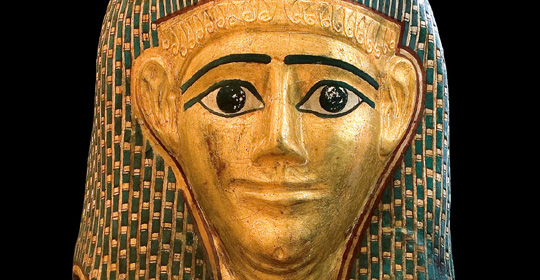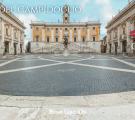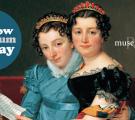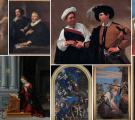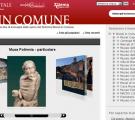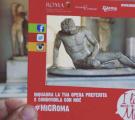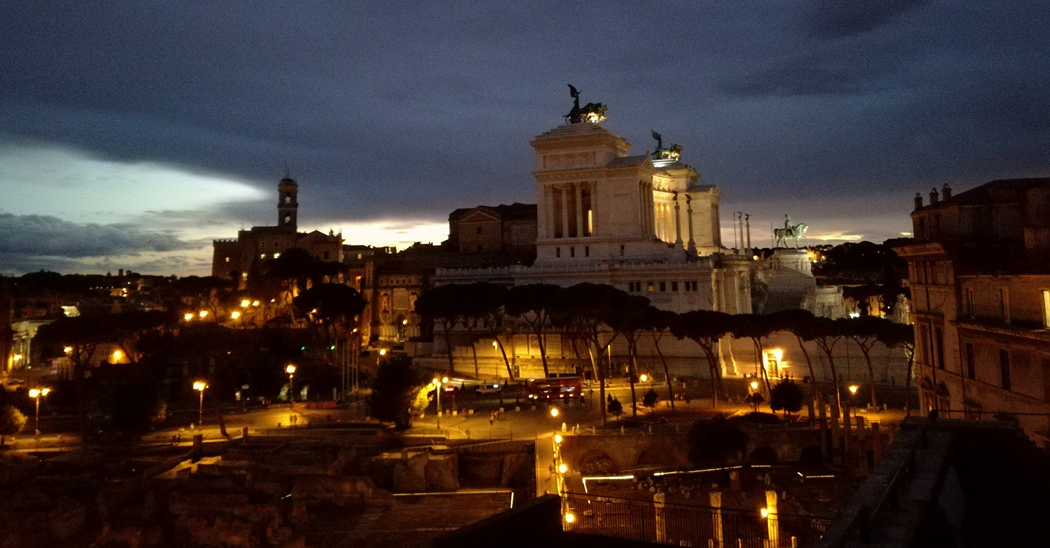1294
The prestigious collection of antique sculptures donated by Giovanni Barracco to the City of Rome in 1904 is held to be one of the most beautiful collections in all Rome's museums, and now, thanks to the completion of recent work and the re-opening of the museum, this collection can be admired by the public at large.
The Museo Barraco consists of a prestigious collection of antique sculpture – art from Assyria, Egypt, Cyprus, Phoenicia, Etruria, Greece and Rome – which Giovanni Barracco, a wealthy nobleman of Calabria, gave to the Municipality of Rome in 1904. Baron Barracco had dedicated his life to collecting such pieces, some acquired from antiques’ merchants, others recovered from the excavations which, at the end of the nineteenth century, marked the urban transformation of Rome as the capital of Italy. A small designated neoclassical palazzo was built to accommodate the collection, but, unfortunately, was destroyed during the works done to widen the Corso Vittorio. It was only in 1948 that the collection could be resettled in the “Farnesina ai Baullari” (the Farnese Palace in the street of the trunk makers), which was built in 1516 to a design of Antonio da Sangallo the young.
Egyptian art is represented from the earliest dynasty (3000 BC) until the end of the Roman era.
From Mesopotamia come the precious Assyrian slabs, which once decorated the walls of the palaces of Assurbanipal at Nineveh and Sennacherib at Nimrud, from the VII to the VI century BC.
Unusually for an Italian museum, there is a section dedicated to Cypriot art, in which a number of objects of unusual manufacture are displayed, such as the multicoloured votive cart and the head of Heracles from the VII-VI centuries BC.
The museum boasts numerous Greek originals, including works which give an exhaustive picture of the great sculptor Polyclitus and his school.
Roman art is represented by the head of a boy from the Julian family, an elegant example of private portraiture from the early imperial era (1st century AD).
Finally provincial art is included with three slabs from Palmyra, a caravanserai city which flourished in the II century AD.
The display finishes with a polychrome mosaic from the first church of St Peter in Roma, which dates from the XII century AD.
